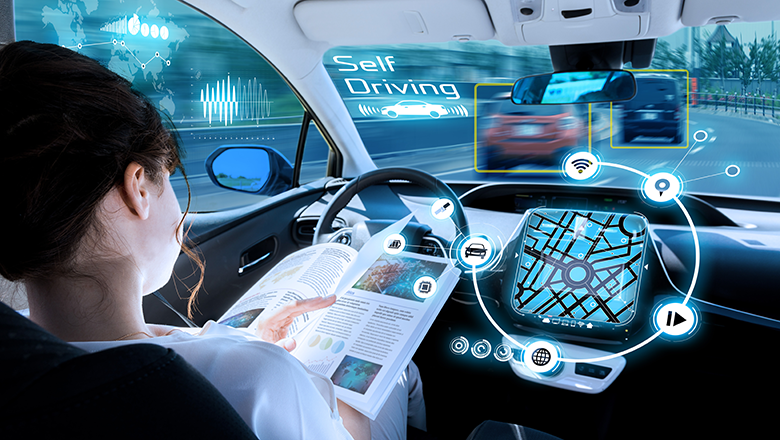- cross-posted to:
- [email protected]
- cross-posted to:
- [email protected]
Driverless cars worse at detecting children and darker-skinned pedestrians say scientists::Researchers call for tighter regulations following major age and race-based discrepancies in AI autonomous systems.



I’d assume that’s either due to bias in the training set, or poor design choices. The former is already a big problem in facial recognition, and can’t really be fixed unless we update datasets. With the latter, this could be using things like visible light for classification, where the contrast between target and background won’t necessarily be the same for all skin tones and times os day. Cars aren’t limited by DNA to only grow a specific type of eye, and you can still create training data from things like infrared or LIDAR. In either case though, it goes to show how important it is to test for bias in datasets and deal with it before actually deploying anything…
In this case it’s likely partly a signal to noise problem that can’t be mitigated easily. Both children and dark skinned people produce less signal to a camera because they reflect less light. children because they’re smaller, and dark skinned people because their skin tones are darker. This will cause issues in the stereo vision algorithms that are finding objects and getting distance to them. Lidar would solve the issue, but companies don’t want to use it because lidars with a fast enough update rate and high enough resolution for safe highway driving are prohibitively expensive for a passenger vehicle (60k+ for just the sensor)
Darker toned people are harder to detect because they reflect less light. The tiny cheap sensors on cameras do not have enough aperture for lower light detections. It’s not training that’s the problem it’s hardware.